Who doesn’t love a beautiful feature wall? A feature wall is a simple way to add style to your home, at a relatively low cost.
There are many ways to create a feature wall; some use exposed bricks or timber strips, while others decorate it with a gallery of framed photographs, art paintings, bookshelves or use wallpapers for different textures and effect.
However, the simplest (and cheapest) method is still by painting. And one of the most unique wall painting ideas out there is a painting technique known as faux painting.
Table of Contents
Unique wall painting ideas: faux painting
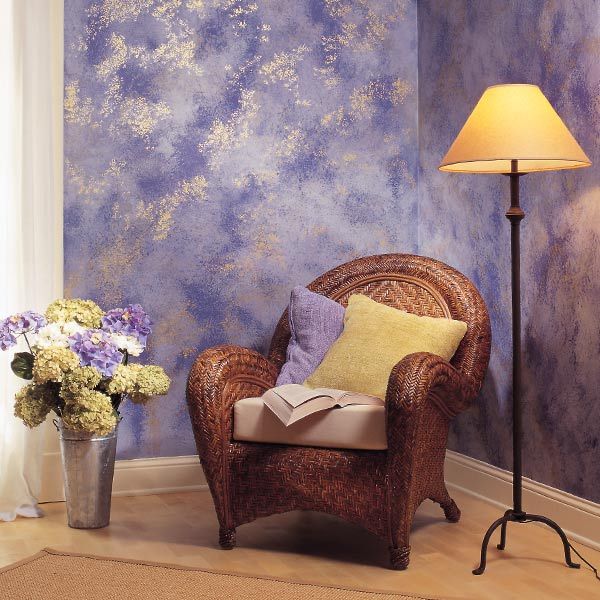
“Faux” means “false” in French, but it also means “imitation”. As such, faux painting consist of wall painting ideas that are meant to imitate different wall materials, such as tiles, marble, wood and stone.
The main draw of faux painting is that you can create unique and stunning finishes in your home without the need to renovate or spend a ton of money; all you need are simple painting tools, patience, and imagination.
Though it requires some time, the end result is very gratifying and your guests will be swept over by your wall painting skills!
So without further ado, here are 7 faux wall painting ideas to create a stunning feature wall in your living room or bedroom.
1. Sponge Painting
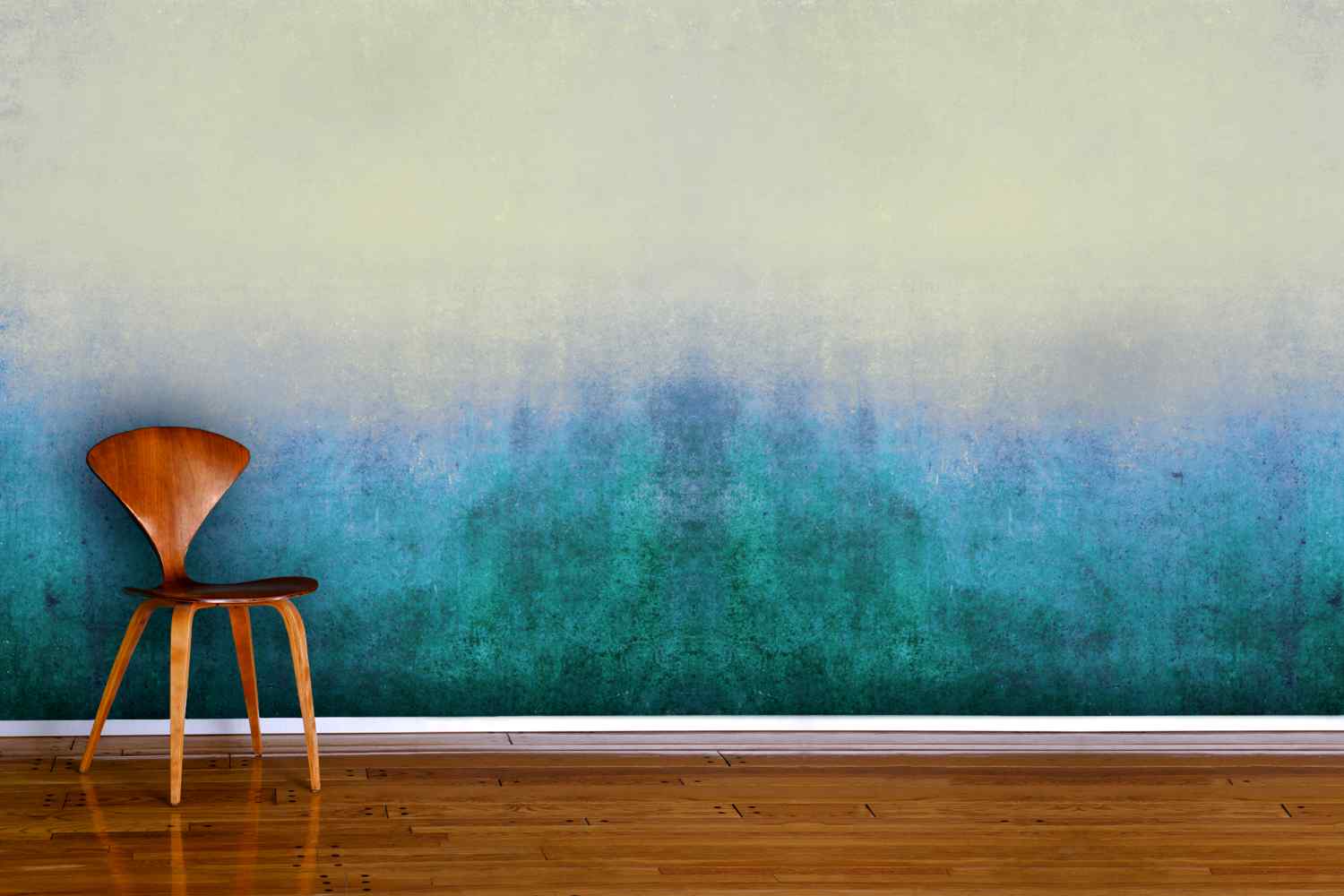
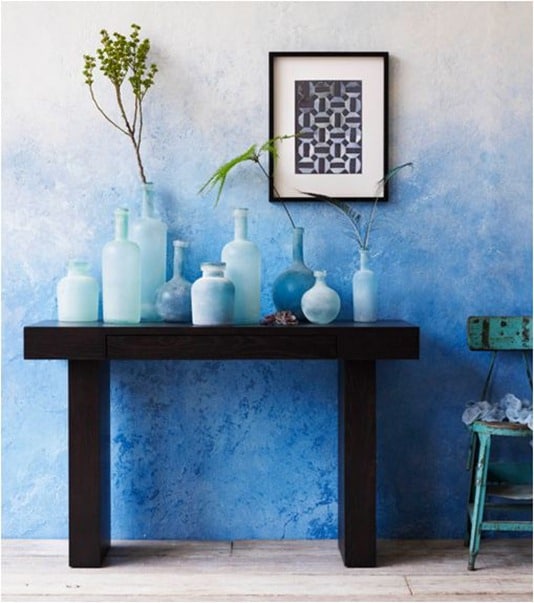
Sponging is a painting method that uses a natural sea sponge to dab paint on your wall. It’s considered the easiest faux painting method to grasp, therefore making it popular among newbies who are new to faux painting.
Sponging allows you to create a variety of different layered effects via a harmonious blend of different colour tones. You can create spotted, cloudy, limestone, and textural effects that are highly detailed and dramatic with just a natural sea sponge, glaze and harmonising paint colours of your choice.
How to Sponge Paint a Room:
A base colour is applied to the wall with a roller and left to dry. Then, another colour paint is mixed with a glaze (a type of transparent paint) to make it lighter in colour.
Once the base coat of paint has dried, use a sponge to dab the new layer of paint on top. Experiment with gradually darkening colours or change colours entirely for a unique look. You can read this handy guide to learn more about the technique.
2. Colour washing
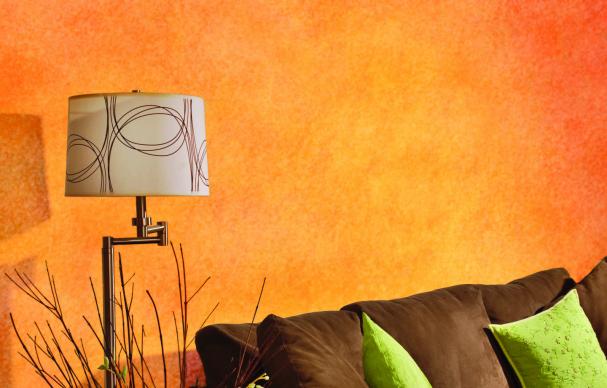
Colour washing is basically coating a darker paint colour (that’s been mixed with glaze) over a lighter base so that both colours can show through. This helps to create a muted effect that’s both rustic and “aged”. It also helps to mask your wall if there are signs of wear and tear.
To create this effect, colours play primary roles. Ideally, both the base colour and coating colour should consist of the same colour code, with the coating colour being 3 shades (preferably darker) apart from the base colour.
However, you can also use colours from different colour codes as long as they compliment each other. For instances, cream and yellow, and blue-grey colours with purple blues.
How to Paint a Color Wash:
First, apply a base coat on the wall with a roller and let in dry. Add your first mixture of glaze and feather it in random “X” patterns (also known as cross-hatch) with a paintbrush. You can also apply another glaze colour if you want more layers of sophistication.
If you want to accomplish a more distinct look, another way to achieve this by applying your first glaze colour with a roller over your base colour and then use a brush to feather the second glaze colour again in random patterns. Watch the video below for a better illustration:
3. Rag rolling
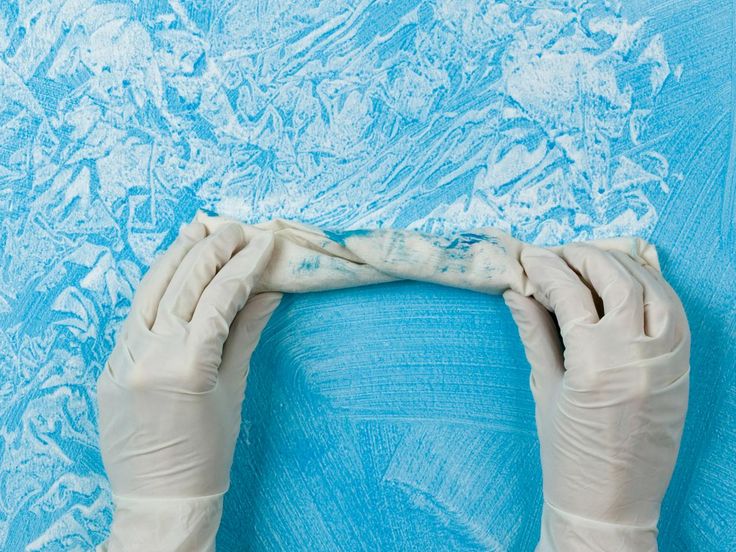
Rag rolling is basically painting your wall with rolled rags (or cloth). Though rag rolling can be messy and tedious, the effects are distinct as it closely resembles a unique leather-like texture.
How to Rag-Roll Paint:
A satin finish paint is first applied as the base colour and left to dry. Then, a cloth or rag roller brush is soaked with glaze. The cloth or rag roller brush is then rolled along the wall in random directions to create the eye-catching effect.
4. Drag Painting
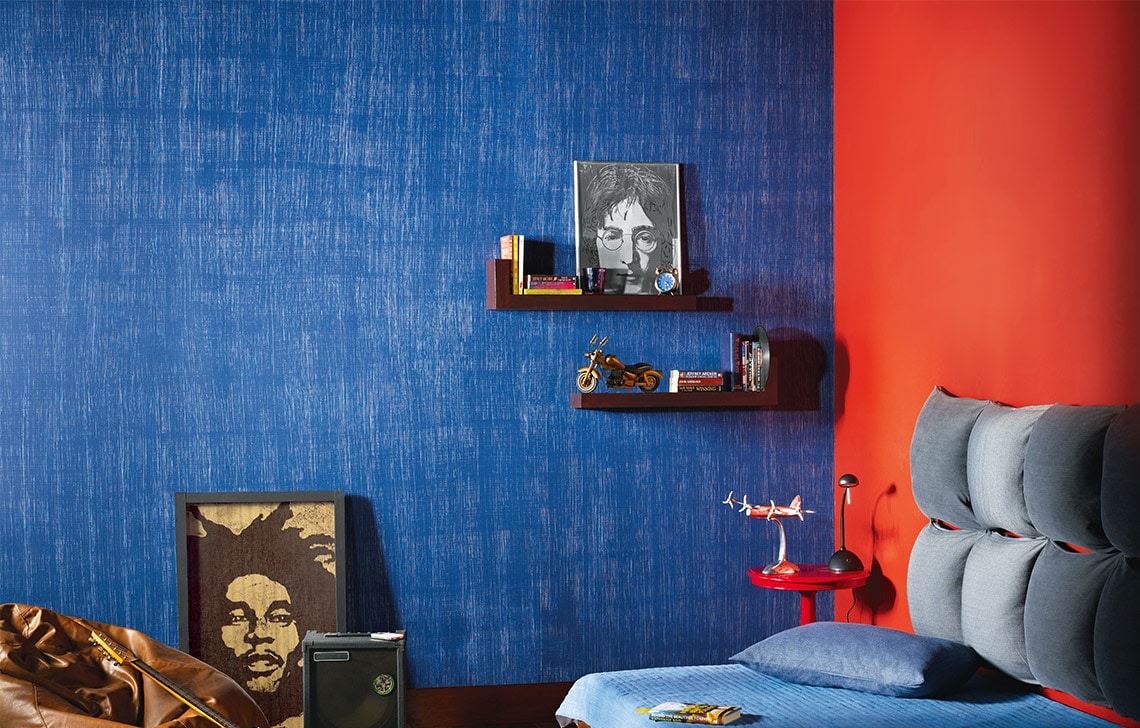
Drag painting (also known as Strié painting) creates a unique stripe pattern that’s meant to replicate the textures of wall fabrics such as linen and denim. Using only two different coats of paint, you can create effects that not even wallpapers can replicate.
How to do drag wall painting:
Like other decorative painting methods, dragging involves a base coat colour and a glaze-coating mixture. The glaze coat should be 3 to 5 shades lighter or darker.
The base darker base coat is first applied and left to dry. Then, the glaze coating mixture is applied using a roller. Before this layer dries up, use a dry Strié brush and drag the brush vertically downwards in a straight line continuously, pausing only right before you reach the floor.
You can drag from top to bottom or bottom to top. You can also add another coat and drag from left to right to create a linen weave pattern. This technique offers an even closer resemblance to linen finishes.
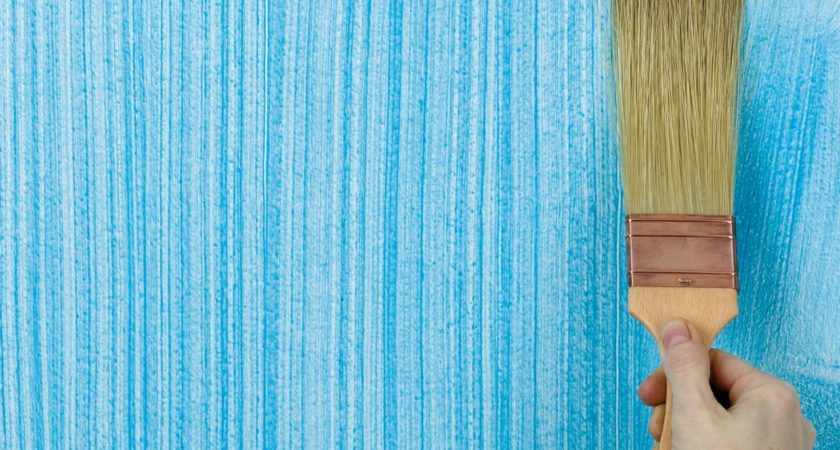
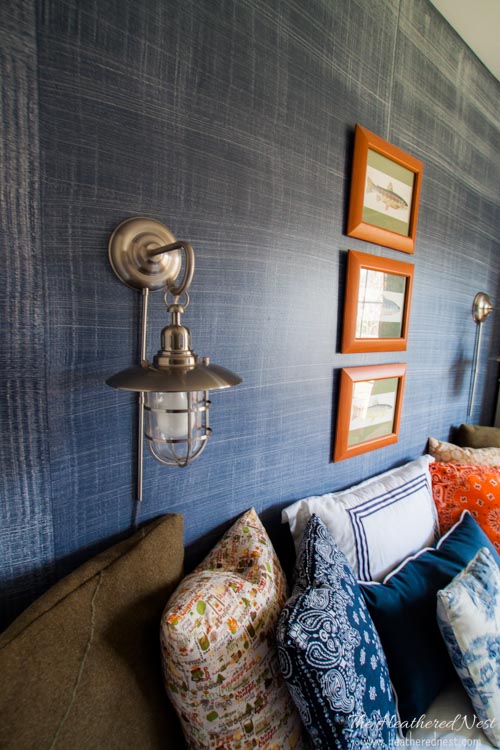
The linen weave technique – an extension of dragging – allows you to add even more distinct textures to your wall.
To achieve this, apply a new coat of paint after dragging your wall. But, instead of dragging vertically again, drag your brush horizontally this time. The linen weave technique offers an even closer resemblance to linen finishes.
Watch video tutorial about dragging:
5. Lime wash painting
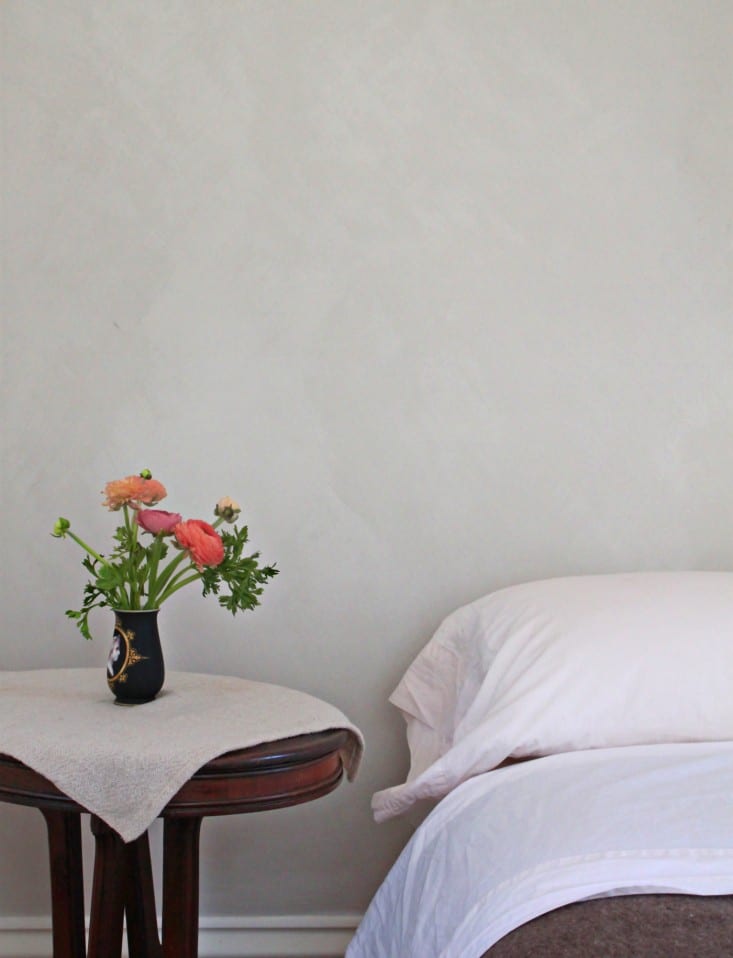
Limewash was once considered as “a poor man’s paint” and was used as a finish to coat exterior and interior structures.
Today, it’s one of the more popular wall painting ideas in modern homes largely because of the beautiful matte and patina-like textures it provides.
It is made when quicklime (calcium oxide) from limestone is crushed, heated, and then mixed with water to form slaked lime (calcium hydroxide).
Though naturally chalky white in colour, both natural and artificial colour pigments can be added to give more colour options and variations.
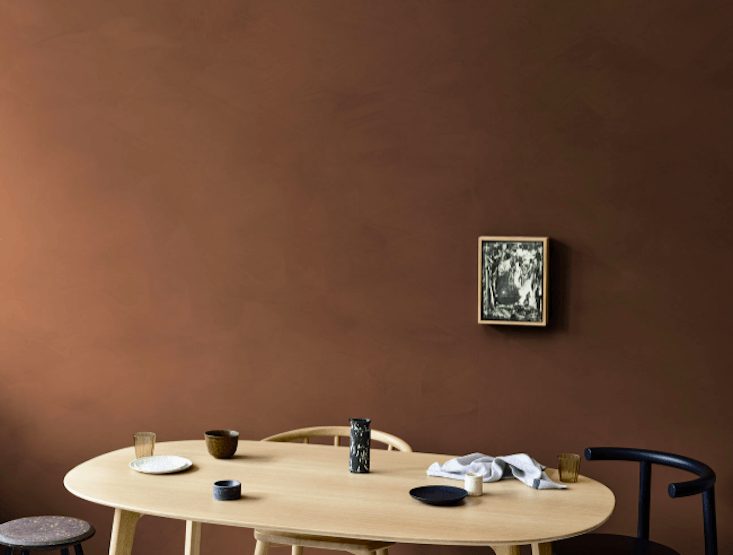
Lime wash painting is most compatible with porous surfaces like brick, stone and terracottas. Therefore, it’s more suitable for industrial or minimalist design home.
It is also non-toxic, environment-friendly, anti-bacterial, odour absorbent, and is an inexpensive alternative to traditional paint.
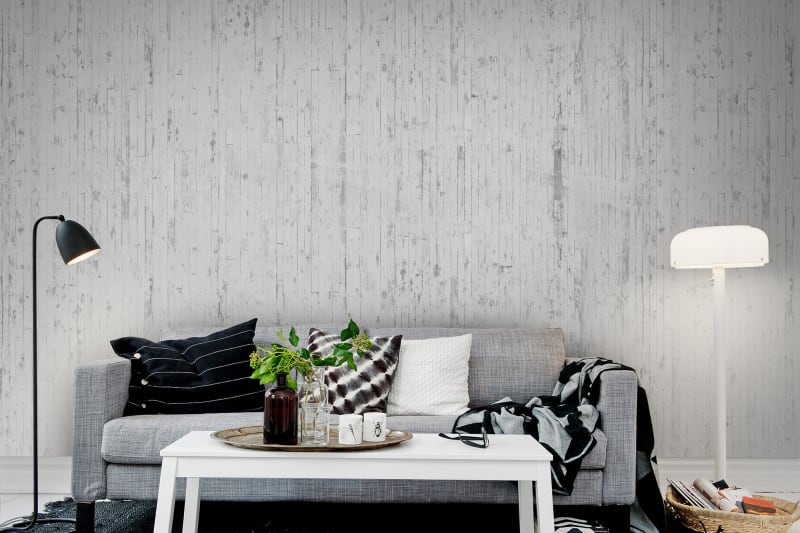
But, one of the greatest benefits of limewashing is the low level of maintenance required. Unlike traditional paint, there’s no need to scrape off the old paint if you want to repaint your wall, all you have to do is to simply apply a new coat of limewash.
Though you can purchase premade lime paint products in Malaysia such as Marmorino and Murobond, it’s better to create your own limewash putty yourself. All you need to do is to buy slaked/hydrated lime powder and then combining it with water.
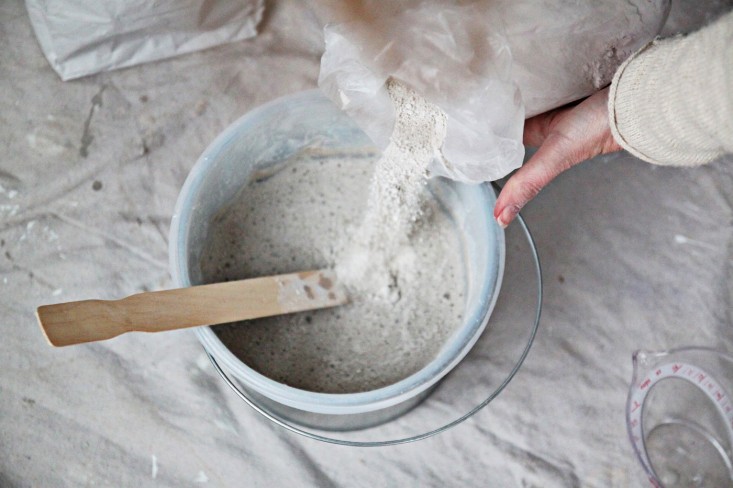
How to do lime wash painting:
Before applying limewash to the wall, the surface needs to be lightly moistened. The limewash is applied using a brush to feather the wall by applying “X” patterns.
Usually, 3-4 coats are needed to create the desired limewash textures. Be sure to let the layers dry before adding more coats.
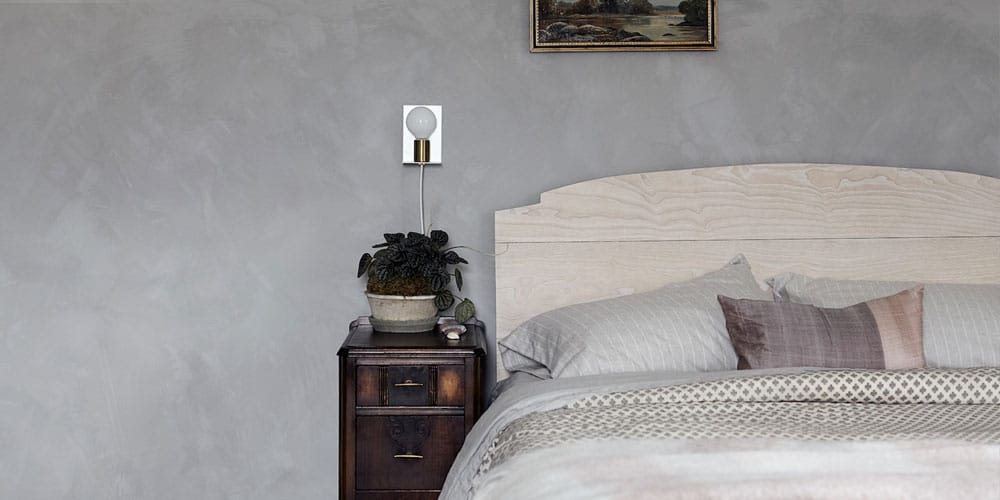
Video: Learn more about limewashing:
6. Copper patina painting
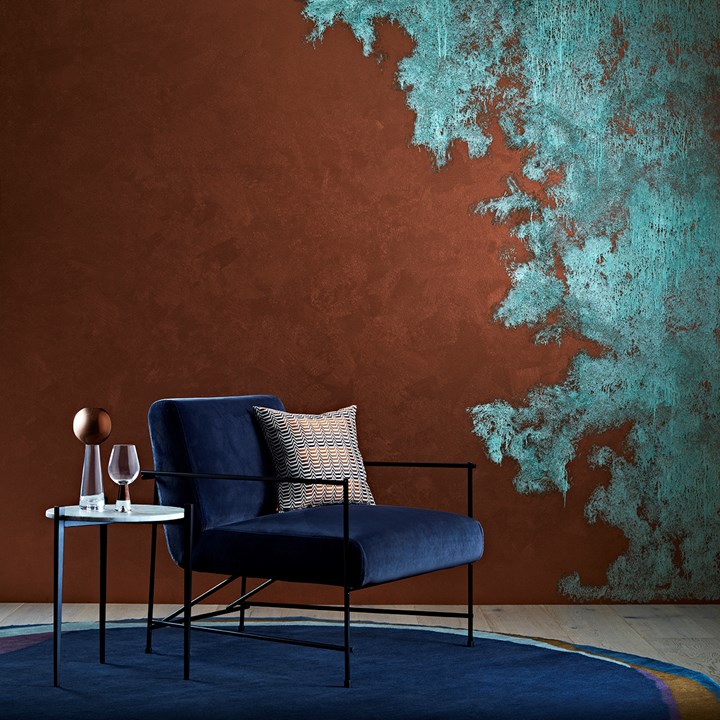
Fancy the aged and rusty look of copper? You can create a realistic look of oxidised copper by applying a darker coat over a lighter base.
Ideally, the lighter colour should be a metallic, bronze, or copper colour while the patina colour should be turquoise, green, or cyan.
How to apply copper patina paint:
Using a roller, paint the wall with the base paint and leave it to dry. Then, apply a second layer of the base paint, but this time, split it into smaller, 4-6 foot sections.
While the second layer of base paint is still wet, use a dry paintbrush and feather random overlapping “X” patterns. This helps to create extra textures by revealing some of the base layers. If you want more depth, use the sponge to dab randomly. Leave the coat to dry
Pour the patina into the small container and dip the sponge. Sponge paint the patina and leave it to dry.
Watch this short tutorial video using Dulux Copper Effect and Copper Patina Effect:
7. Faux Marble painting
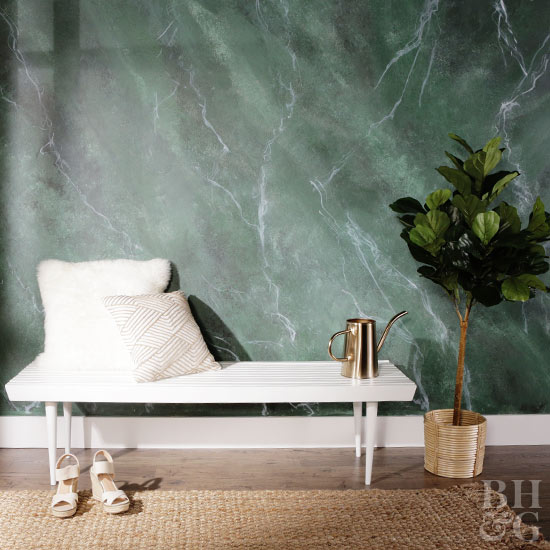
Marble walls are a sign of luxury and opulence. And you can achieve a similar look with paint. Using a marble faux painting technique on your feature wall, you can replicate the mottled, polished and rich appearance of marble at much lower cost.
How to paint faux marble:
A marble wall usually has a blend of three colour shades. For example, a white marble has white, grey, and dark grey. In the same way, three different paint colours are needed to create a faux marble wall.
Using a painting brush, the first paint colour is applied in thick diagonal but uneven lines. Repeat for the other colours, and keep painting until the colours are next to one another and until you cover the entire wall.
Then, on a sponge, put a bit of each of the three colours and lightly dab it onto the wall, blending all the colours together. Leave to dry.
To create the unique veins that marble walls have, the vein colour (either white or black) is drawn on. One method of doing this is to use an actual feather or artist brush. Dip the top part of the feather (or artist brush) with the paint and draw the marble veins in uneven and diagonal lines (but make them in random patterns and cross them from time to time). Try wiggling your hand and make the lines as random and uneven as possible.
Finally, use a dry brush and lightly brush some of the veins so it looks spread out.
Video tutorial:
Are there ready-made paints and brushes that I can use instead?
Many leading paint manufacturers provide textured paint that can replicate a wide range of textures and effects such as metallic, linen and marble. For example, Dulux offers their “Ambience” product line, while Nippon Paint has its Momento Series that gives their own unique effects.
Besides special paints, you can also get special textured rollers or brushes from paint suppliers, or buy them online, such as this textured paint roller.
Need a house painting professional to help you out?
A feature wall makes a big impact to the interior design of your living room. So, if you are not sure how to paint the whole wall by yourself, you can get a professional to help you.
As Malaysia’s #1 website for home improvements, Recommend.my has hundreds of qualified contractors ready to make your home beautiful. Send in a painter request on Recommend.my and our professional painters will respond with quotes!


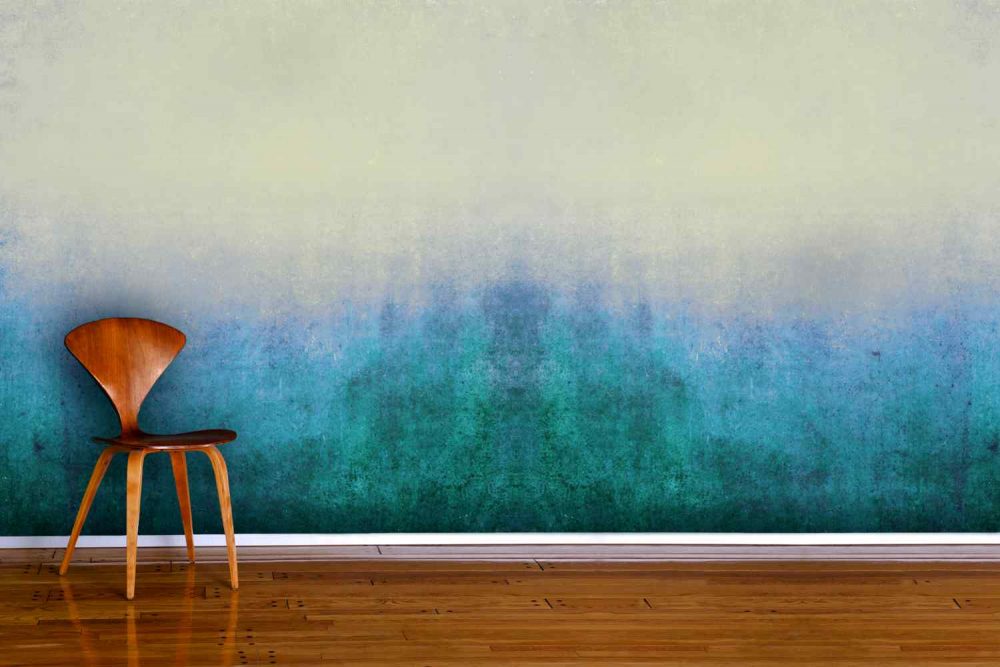

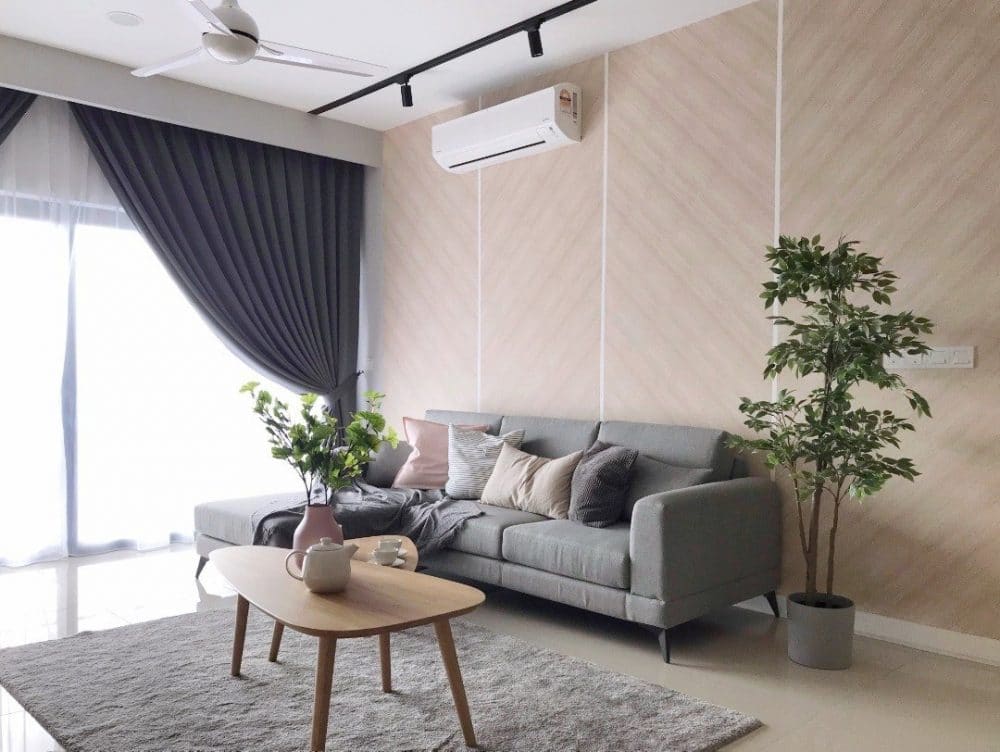




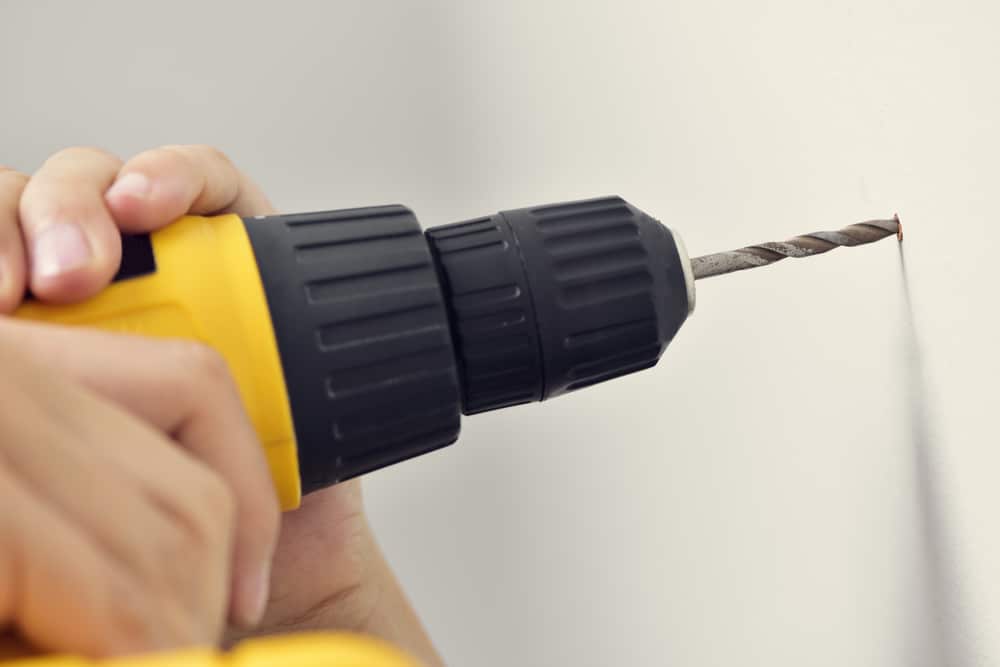
Pingback: 8 Budget Interior Design Ideas - Recommend LIVING
Pingback: 8 simple ways to give your living room design a facelift | Recommend.my LIVING
Pingback: How much do painting services cost in Klang Valley? | Recommend.my LIVING